
Английский. Метода. / Зайцева, Бух
.pdf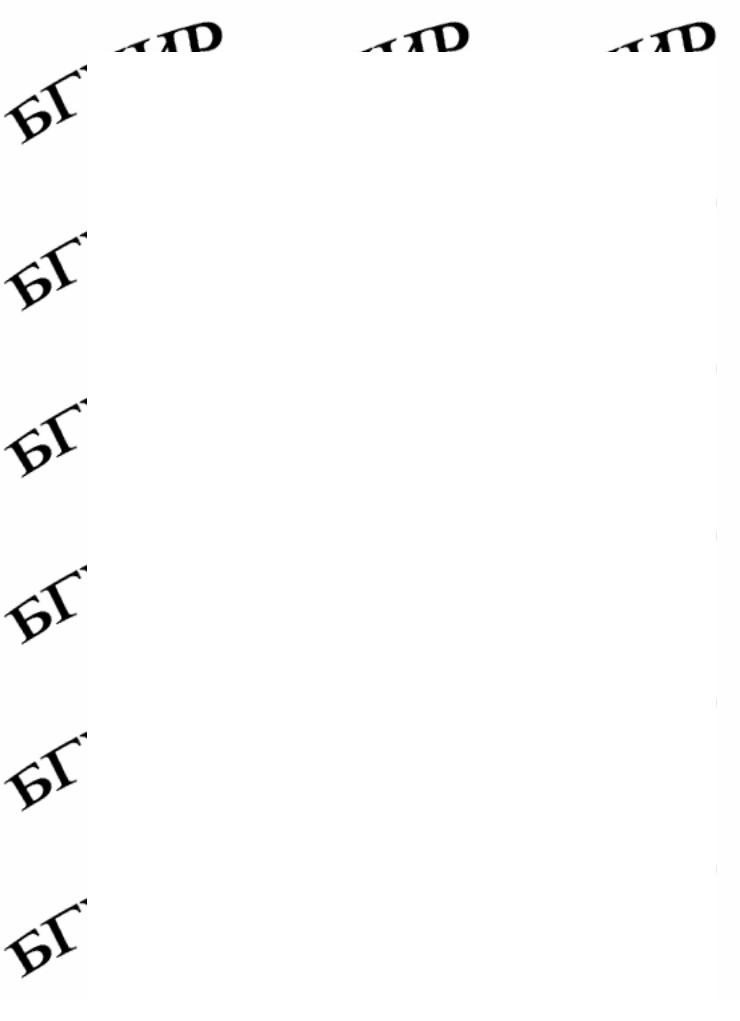
Л.П.Зайцева, М.А.Бух
Микроэлектроника: настоящее и будущее
Пособие по обучению чтению на английском языке.
Допущено Государственным комитетом СССР по народному образованию в качестве учебного пособия для студентов, обучающихся по группе специальностей «Электронная техника»
Москва «Высшая школа»
1990
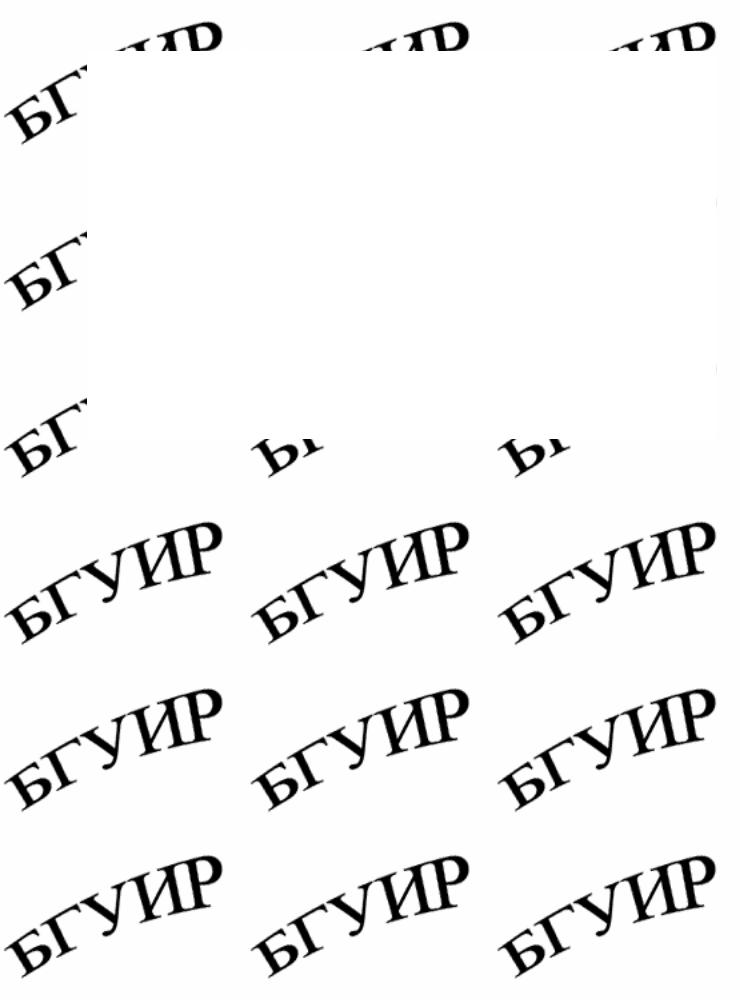
ББК81.2Англ-923 311
Рецензенты:
кафедра иностранных языков Кишиневского политехнического института им. С.Г. Лазо (зав. кафедрой канд. филол. наук, доц. В.В. Гончаренко);
д-р филол. наук, доц. Н.М. Разинкина (АН СССР) Зайцева Л.П., Бух М.А.
3 11 Микроэлектроника: настоящее и будущее: Пособие по обучению чтению на английском языке: Учеб. пособие. - М.: Высш. шк., 1990. -159 с.: ил.
ISBN 5-06- 000209 - 8
Все учебные материалы составлены на основе оригинальных английских и американских источников, отражающих высокие темпы развитая микроэлектроники; расширение областей ее применения в производственных процессах, в сфере бытового обслуживания, в ведущих отраслях народного хозяйства: машиностроении, приборостроении, радиоаппаратостроении, железнодорожном транспорте и др. В пособии широко представлены проблемные задачи, логические опорные схемы. Их цель— активизировать познавательную деятельность студентов, максимально учесть личностный фактор в обучении, оптимизировать самостоятельную работу.
4602020102 (4309000000) - 028 ББК 81.2 Англ-923
001 (00-90 4И (Англ)
ISBN 5-06- 000209 - 8 © Л.П. Зайцева. М.А. Бух, 1990
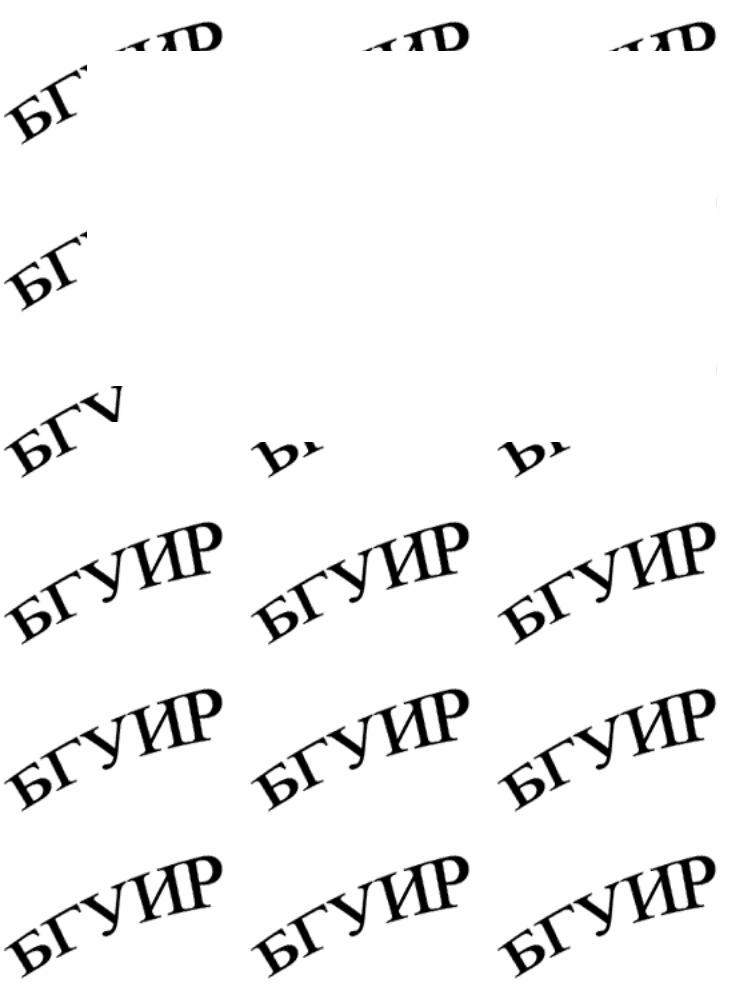
Содержание
ПРЕДИСЛОВИЕ
РАЗДЕЛ ПЕРВЫЙ
Основной текст: Electronics and Microelectronics
РАЗДЕЛ ВТОРОЙ
Основной текст: Semiconducting Materials Engineering Progress.
РАЗДЕЛ ТРЕТИЙ
Основной текст: Problems in Microelectronic Circuit Technology.
РАЗДЕЛ ЧЕТВЕРТЫЙ Основной текст: Computer as It Is
РАЗДЕЛ ПЯТЫЙ
Основной текст: Microprocessors: a Brain to the Hardware.
РАЗДЕЛ ШЕСТОЙ
Основной текст: New Developments in Electronic Memories.
ИТОГОВЫЕ ЗАНЯТИЯ СПИСОК СОКРАЩЕНИЙ, ВСТРЕЧАЮЩИХСЯ В ПОСОБИИ
АЛФАВИТНЫЙ СПИСОК СЛОВ, ВЫДЕЛЕННЫХ В ОСНОВНЫХ ТЕКСТАХ
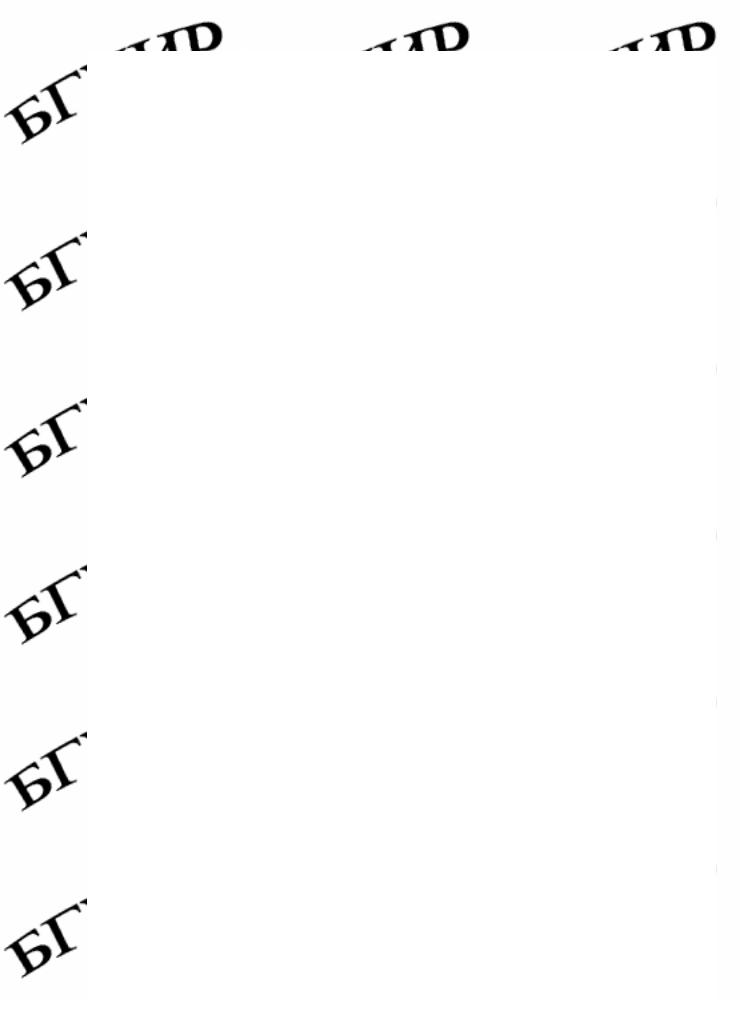
ПРЕДИСЛОВИЕ
Пособие предназначено для студентов II —IV курсов технических вузов, обучающихся по специальности электроника, вычислительная техника, промавтоматика и др. Им могут пользоваться также научные работники и аспиранты, специализирующиеся в области электронно-вычислительной техники.
Основная цель пособия — развитие и совершенствование навыков чтения и перевода оригинальной литературы по специальности, а также навыков говорения и слушания. Тексты пособия, взятые из оригинальных источников, раскрывают современный уровень достижений в области микроэлектроники и перспективы ее развития в конце XX — начале XXI вв. Многообразие текстов и их объем, а также предлагаемые формы работы моделируют условия реальной информационно-поисковой деятельности специалиста.
Пособие состоит из 6 разделов, охватывающих основные направления развития микроэлектроники и ее применения.
Каждый раздел имеет определенную структуру: это единый учебный цикл, состоящий из двух аудиторных занятий и двух внеаудиторных, на каждом из которых решаются целевые задачи, установленные Программой по иностранному языку для неязыковых вузов (М., 1986).
На первом аудиторном занятии цикла студенты работают с Основным текстом, широко представляющим научные проблемы определенного тематического направления; он содержит базовый терминологический и общенаучный словарь-минимум для чтения оригинальной научно-технической литературы по специальности данного профиля. В основных текстах последовательно представлены структурно-семантические трудности научно-технического текста. Как показывает практика обучения, студенты, впервые приступая к работе с оригинальными текстами большого объема, не владеют в достаточной степени автоматизмами чтения, не умеют автоматически вычленять и синтезировать языковые явления, учитывать их взаимосвязи в тексте.
Главная задача Основного текста — научить зрело читать научно-технические тексты, самостоятельно вести поиск нужной информации, уметь обобщать полученную информацию и углублять профессиональные знания.
Работать с Основным текстом рекомендуется так: студенты быстро просматривают текст для получения установки на правильное восприятие содержания текста при последующем его чтении. Время просмотра — 3 - 5 мин. Затем приступают к особому виду перевода текста под руководством преподавателя: студенты выполняют перевод вслух «для себя», линейно-последовательно воспринимая текст; в процессе перевода автоматически выявляют связи слов, их подчиненность или главенство и взаимодействие на основе определенных внешних признаков. При таком переводе студент может прогнозировать значение неизвестных ему ранее слов, исходя из синтаксических и логико-смысловых связей текста. При неправильном выявлении связей преподаватель подает команду «ошибка». Студент реагирует на команду или исправлением ошибки, или ждет помощи. Помощь осуществляется в виде краткого указания преподавателя на причину ошибочного действия студента.
Весь процесс мыслительных операций происходит «открыто», что дает возможность сразу производить коррекцию неправильных действий читающего. Студент имеет обратную связь относительно своих действий.
Данная методика обучения чтению апробирована в течение нескольких лет и дает положительные результаты.
Работая над Основным текстом, а также дополнительными, студенты учатся определять тему текста по ключевым словам и фрагментам, овладевают приемами компрессии текста, обобщения содержания.
Самостоятельная работа после первого аудиторного занятия направлена на
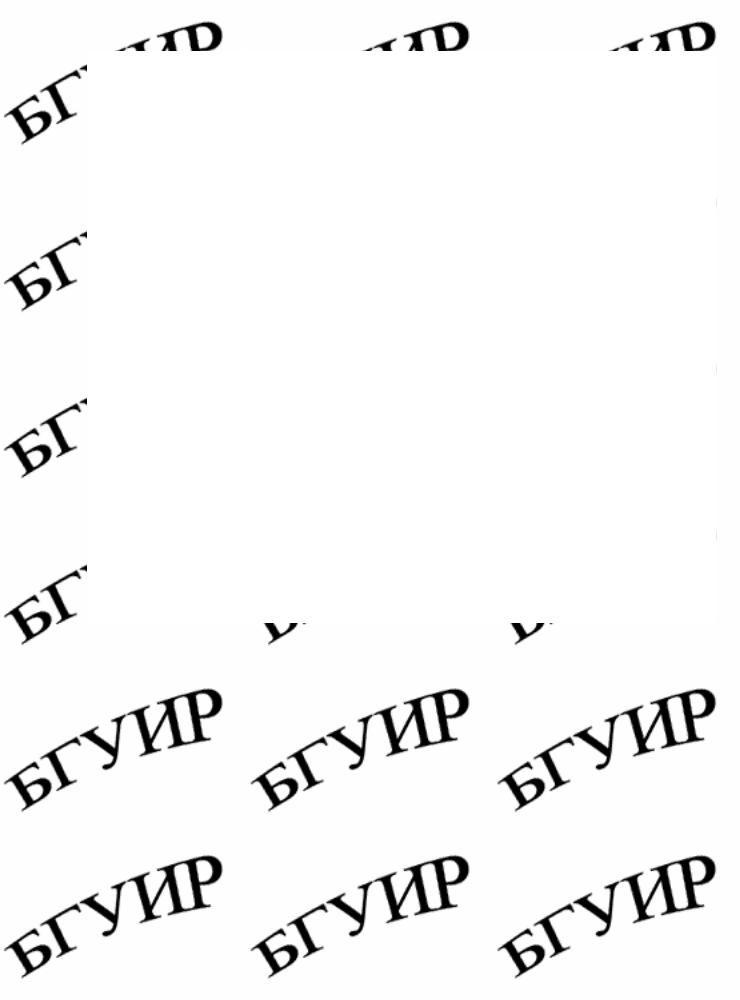
расширение словарного запаса. Слова, выделенные в тексте, даны в поурочном словаре, который составлен по гнездовому принципу. Эти слова вынесены в алфавитный указатель, который позволяет быстро найти нужное слово в соответствующем разделе пособия. Интенсивная повторяемость базового словаря в текстах и упражнениях обеспечивает его усвоение в полном объеме. Все задания для этого вида работы предполагают активное использование языковых средств в формируемых рецептивных и продуктивных видах речевой деятельности.
Второе аудиторное занятие включает достаточно обширный информативный текстовой материал для различных видов чтения. Скорость чтения и глубина понимания регулируется типом заданий. Обучение чтению организуется как процесс постоянного решения речемыслительных задач, что обеспечивает эффективное усвоение языковых средств и их перенос в условиях новых контекстов и речевых ситуаций.
Задания носят творческий характер и направлены на формирование профессионально значимых умений и навыков работы с литературой по специальности — находить и определять степень новизны и информативности материала, определять перспективы развития, проводить сопоставительный анализ прочитанных текстов, а также уметь изложить информацию в обобщенном виде (планы, тезисы, аннотация, таблицы, структурно-логические схемы и денотатные графы) и вести беседу по изученным темам и проблемам своей специальности.
Самостоятельная работа после второго аудиторного занятия направлена на обобщение всей информации раздела с опорой на знания, полученные в процессе изучения спецдисциплин и дополнительных источников на родном и иностранном языках. Задания ориентированы на активное обсуждение проблем, лежащих в русле профессиональной подготовки будущих специалистов, а также на систематизацию основных понятий, на формирование понятийного аппарата по специальности.
По окончании курса обучения предлагается организовать групповую (курсовую) конференцию по проблемам микроэлектроники на английском языке.
Авторы выражают глубокую благодарность д.т.н. проф. Л.А. Коледову и д.т.н. проф. В.А. Протопопову за консультации по отбору материала для данного пособия.
Авторы
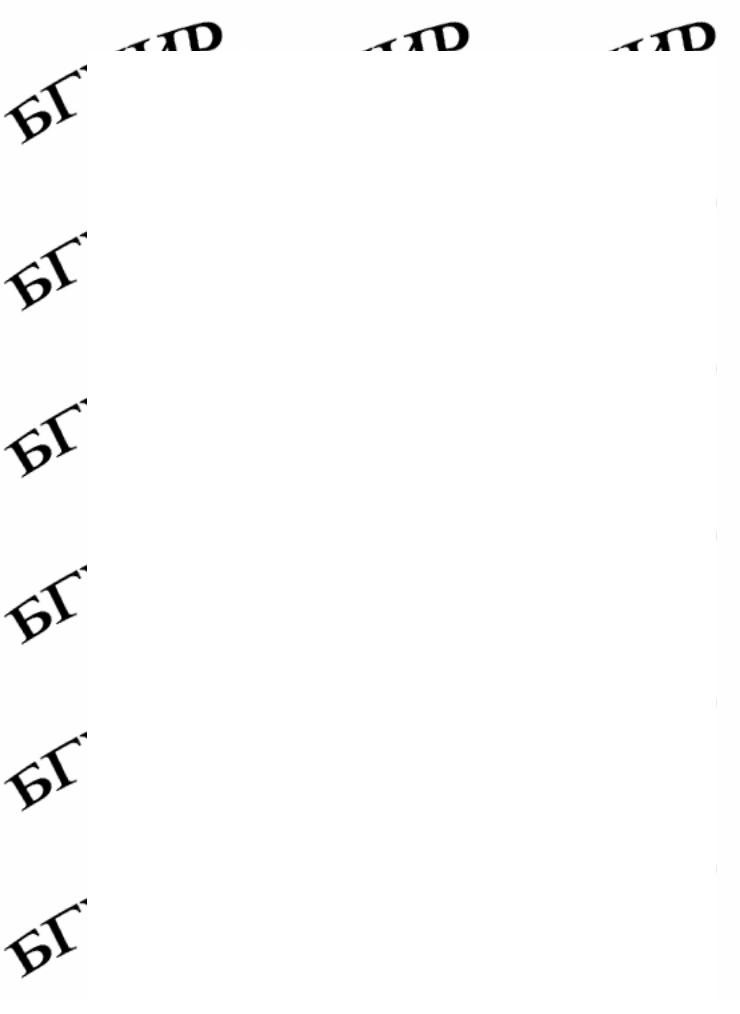
РАЗДЕЛ ПЕРВЫЙ
Основной текст: Electronics and Microelectronics.
Грамматические явления: Определительные блоки существительного. Их перевод и способы вычленения. Выявление синтаксических функций слов/словосочетаний в структуре английского предложения. Способы перевода предложений со словом it.
Лексические явления: Контекстуальные значения слов pattern, involve, point.
Перевод слов с префиксами dis-, in-, ir-, un-, non-, mal-.
МАТЕРИАЛЫ ДЛЯ РАБОТЫ В АУДИТОРИИ (ЗАНЯТИЕ ПЕРВОЕ)
Проверьте, знаете ли вы следующие слова.
1)intensive a, evolution n, quantitative a, complex a, qualitative a, human a, demonstrate v, enormous a, extraordinary a, reduction n, term n, conductor n, control v, decade n, contain v, discrete a, individual a, universal a, manufacture v, separately adv, final a, concept n, reality n, series n, fabrication n, integrated a, radiation n
2)increase v, size n, cost n, lead (led) v, steady а, change n, invention n, circuit n, tube n, application n, advantage n, consumption n, create v, invisible a, depend v, measure v, device n, flow n, related n, development n, shape n, solve v, major a, common a, divide v, density n, achieve v, accept v, demand v, reach v, wave n
Ознакомьтесь с терминами Основного текста.
1. electronic technology — технология электронных приборов
2.solid-state components — твердотельные компоненты, полупроводниковые компоненты
3.capacitor —конденсатор
4.overall reliability — надежность системы
5.integrated circuit — интегральная схема
6.substrate — подложка
7.charge carrier —носитель заряда
8.metal-oxide semiconductor —полупроводник МОП структуры
9.field-effect transistor — транзистор с полевым эффектом
10.chip — кристалл; интегральная схема
11.small-scale integrated circuit (SSI) — интегральная схема с малой степенью интеграции
12.medium-scale integrated circuit (MSI) — интегральная схема со средней степенью интеграции, ИС
13.large-scale integrated circuit (LSI) - интегральная схема с большой степенью интеграции, большая интегральная схема, БИС
14.very-large-scale integrated circuit (VLSI) - интегральная схема со сверхбольшой степенью интеграции, сверхбольшая интегральная схема, СБИС
15.circuit pattern — рисунок схемы, схема
ОСНОВНОЙ ТЕКСТ
1.Переведите первую часть (I) Основного текста в аудитории устно под руководством преподавателя.
2.Просмотрите вторую часть (II) Основного текста и кратко изложите ее содержание по-русски. Назовите ключевые английские слова, которые способствовали пониманию текста.
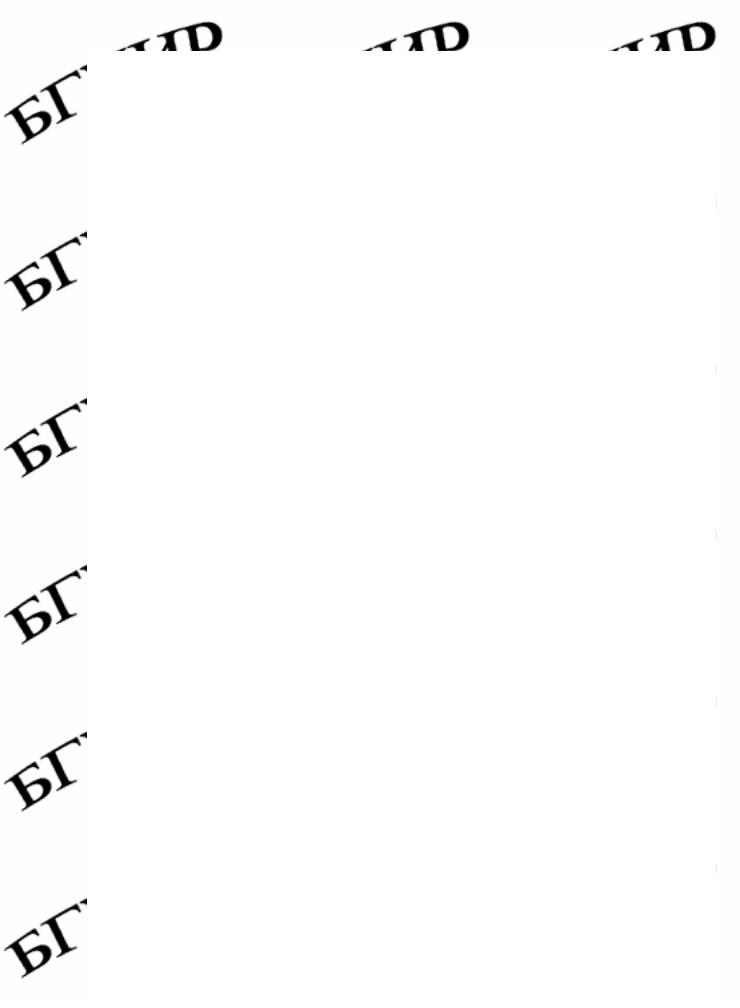
ELECTRONICS AND MICROELECTRONICS
I. The intensive effort1 of electronics to increase the reliability2 and performance3 of its products while reducing their size and cost has led to the results that hardly anyone would have dared to predict.4
The evolution of electronic technology is sometimes called a revolution. What we have seen has been a steady quantitative evolution: smaller and smaller electronic components performing increasingly complex electronic functions at ever higher speeds. And yet there has been a true revolution: a quantitative change in technology has given rise to qualitative change in human capabilities.5
It all began with the development of the transistor.
Prior to6 the invention of the transistor in 1947 its function in an electronic circuit could be performed only by a vacuum tube. Tubes came in so many shapes and sizes and performed so many functions that in 1947 it seemed audacious (слишком смело) to think that the transistor would be able to compete7 except in limited applications.
The first transistors had no striking advantage in size over the smallest tubes and they were more costly. The one great advantage the transistor had over the best vacuum tubes was exceedingly8 low power consumption. Besides they promised greater reliability and longer life. However it took years to demonstrate other transistor advantages.
With the invention of the transistor all essential circuit functions could be carried out9 inside solid10 bodies. The goal11 of creating electronic circuits with entirely solid-state components had finally been realized.12
Early transistors, which were often described as being a size of a pea (горошина), were actually enormous on the scale13 at which electronic events14 take place, and therefore they were very slow. They could respond15 at a rate16 of a few million times a second; this was fast enough to serve in radio and hearing-aid (слуховой аппарат) circuits but far below the speed needed for high-speed computers or for microwave communication systems.
It was, in fact, the effort to reduce the size of transistors so that they could operate at higher speed that gave rise to the whole technology of microelectronics.
A microelectronic technology has shrunk17 transistors and other circuit elements to dimensions18 almost invisible to unaided eye (невооруженный глаз).
The point19 of this extraordinary miniaturization is not so much to make circuits small per se (лат. сами по себе) as to make circuits that are rugged (зд. массивный), long-lasting, low in cost and capable of performing electronic functions at extremely high speeds. It is known that the speed of response depends primarily on the size of transistor: the smaller the transistor, the faster it is.
The second performance benefit20 resulting from microelectronics stems directly from the reduction of distances between circuit components. If a circuit is to operate a few billion times a second the conductors that tie the circuit together must be measured in fractions of an inch. The microelectronics technology makes close coupling21 attainable.22
It may be helpful if we say a few words about four of the principal devices found in electronic circuits: resistors, capacitors, diodes and transistors. Each device has a particular23 role in controlling the flow of electrons so that the completed circuit performs some desired function.
During the past decade the performance of electronic systems increased manifold24 by the use of ever larger numbers of components and they continue to evolve. Modern scientific and business computers, for example, contain 109 elements; electronic switching25 systems contain more than a million components.
The tyrany of numbers — the problem of handling26 many discrete electronic devices — began to concern27 the scientists as early as 1950. The overall28 reliability of the electronic system is universally related to the number of individual components.
A more serious shortcoming29 was that it was once30 the universal practice to manufacture31 each of the components separately and then assemble32 the complete device by wiring33 the components together with metallic conductors. It was no good (зд. Это не
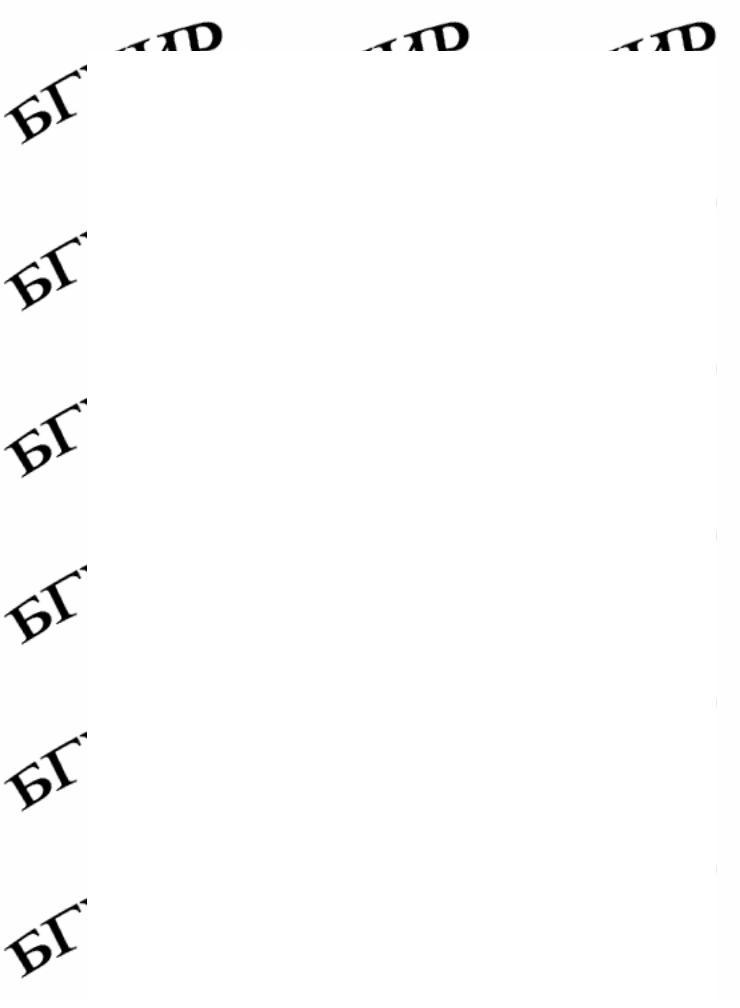
помогло): the more components and interactions, me less reliable the system.
The development of rockets and space vehicles34 provided the final impetus35 to study the problem. However, many attempts were largely unsuccessful.
What ultimately36 provided the solution was the semiconductor integrated circuit, the concept37 of which had begun to take shape a few years after the invention of the transistor. Roughly between 1960 and 1963 a new circuit technology became a reality. It was microelectronics development that solved the problem.
The advent38 of microelectronic circuits has not, for the most part, changed the nature of the basic functional units: microelectronic devices are also made up of transistors, resistors, capacitors, and similar39 components. The major difference is that all these elements and their interconnections are now fabricated on a single substrate40 in a single series of operations.
II. Several key41 developments were required before the exciting potential of integrated circuits could be realized.
The development of microelectronics depended on the invention of techniques42 for making the various functional units on or in a crystal of semiconductor materials. In particular, a growing number of functions have been given over to circuit elements that perform best: transistors. Several lands of microelectronic transistors have been developed, and for each of them families of associated circuit elements and circuit patterns43 have evolved.
It was the bipolar transistor that was invented in 1948 by John Bardeen, Walter H.Brattain and William Shockley of the Bell Telephone Laboratories. In bipolar transistors charge carriers of both polarities are involved44 in their operation. They are also known as junction45 transistors. The npn and pnp transistors make up the class of devices called junction transistors.
A second kind of transistor was actually conceived almost 25 years before the bipolar devices, but its fabrication in quantity did not become practical until the early 1960's. This is the field-effect transistor. The one that is common in microelectronics is the metal-oxide- semiconductor field-effect transistor. The term refers46 to the three materials employed in its construction and is abbreviated MOSFET.
The two basic types of transistor, bipolar and MOSFET, divide microelectronic circuits into two large families. Today the greatest density of circuit elements per chip47 can be achieved with the newer MOSFET technology.
An individual integrated circuit (IC) on a chip now can embrace (включать) more electronic elements than most complex piece of electronic equipment that could be built in 1950.
In the first 15 years since the inception of integrated circuits, the number of transistors that could be placed on a single chip (with tolerable48 yield49) has doubled every year. The 1980 state of art50 is about 70K density per chip. Nowadays we can put a million transistors on a single chip.
The first generation of commercially produced microelectronic devices are now referred to as small-scale integrated circuits (SSI). They included a few gates.51 The circuitry defining52 a logic array53 had to be provided by external conductors.
Devices with more than about 10 gates on a chip but fewer than about 200 are mediumscale integrated circuits (MSI). The upper boundary54 of medium-scale integrated circuits technology is marked55 by chips that contain a complete arithmetic and logic unit. This unit accepts as inputs two operands and can perform any one of a dozen or so operations on them. The operations include additions, subtraction, comparison, logical "and" and "or" and shifting56 one bit to the left or right.
A large-scale integrated circuit (LSI) contains tens of thousands of elements, yet each element is so small that the complete circuit is typically less than a quarter of an inch on a side.
Integrated circuits are evolving from large scale to very-large-scale (VLSI) and waferscale integration (WSI).
The change in scale can be measured by counting the number of transistors that can be fitted57 onto a chip.
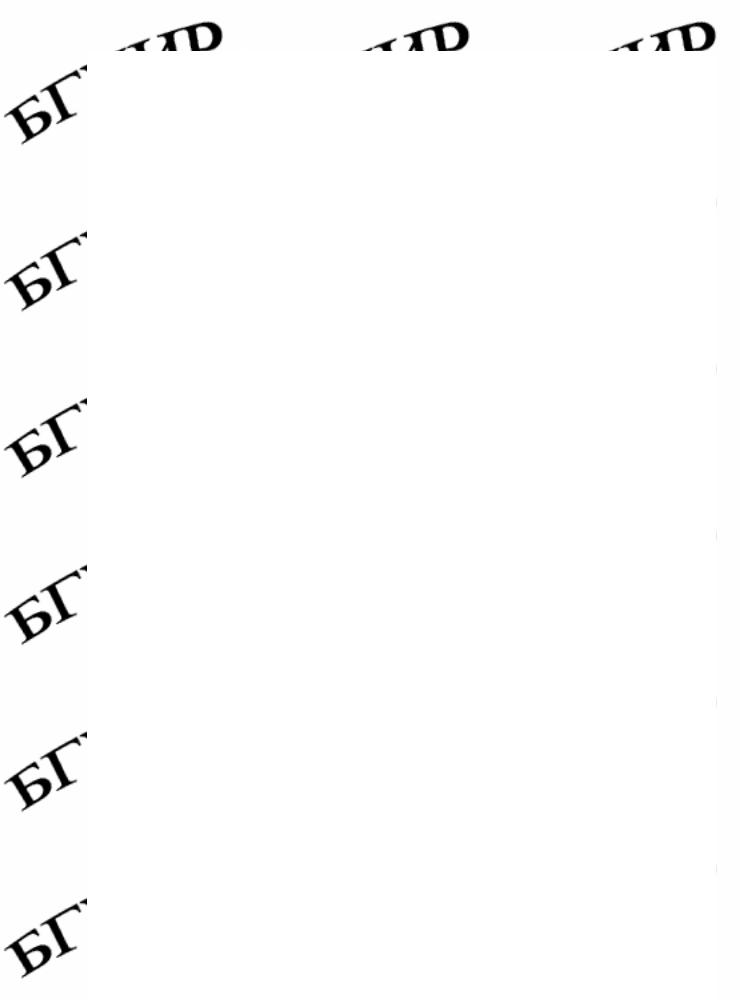
Continued evolution of the microcomputer will demand further increases in packing58 density.
There appeared a new mode59 of integrated circuits, microwave integrated circuits. In broadest sense,60 a microwave integrated circuit is any combination of circuit functions which are packed together without a user accessible61 interface.
The evolution of microwave integrated circuits must begin with the development of planar62 transmission lines.63
As we moved into the 1970's, stripline and microstrip assemblies became commonplace and accepted as the everyday method of building microwave integrated circuits. New forms of transmission lines were on the horizon, however. In 1974 new integrateв-circuit components in a transmission line called fineline appeared. Other more exotic techniques, such as dielectric waveguide64 integrated circuits emerge.65 Major efforts currently are directed at such areas as image guide, co-planar waveguide, fineline and dielectric waveguide, all with emphasis on techniques which can be applied to monolithic integrated circuits. These monolithic circuits encompass all of the traditional microwave functions of analog circuits as well as new digital applications.
Microelectronic technique will continue to displace other modes. As the limit of optical resolution66 is now being reached, new lithographic and fabrication techniques will be required. Circuit patterns will have to be formed with radiation having wavelength shorter than those of light, and fabrication techniques capable of greater definition will be needed.
Electronics has extended67 man's intellectual power. Microelectronics extends that power still further.
Проверьте, как вы запомнили слова.
1.1. Переведите следующие слова/словосочетания, исходя из значений, приведенных в скобках:
1. reliable а (надежный), rely v, reliability n; 2. predict v (прогнозировать), prediction n, predicted performance; 3. capable я (способный), capability n, logic capability; 4. excess n (превышение), exceed v, in excess of, exceedingly high; 5. scaling n (масштабирование), scale n, on a large scale; 6. response n (реакция), respond v, responsibility n, responsible a, to be responsible for, time response; 7. benefit v (приносить выгоду, пользу), benefit n, for the benefit of, without the benefit; 8. evolution n (развитие), evolve v; 9. concern n (дело,
отношение, интерес), concern v
1.2. Определите значения английских слов, исходя из контекста:
1. прилагать большие efforts; 2. reliability—это качество любой машины; 3. performance любой задачи, performance схемы; 4. capability памяти человека; 5. competition между фирмами; 6. to exceed предел; 7. scale of измерения; 8. prediction of результатов; 9. to respond на сигнал; 10. экономическая benefit
1.3. Переведите следующие слова. Обратите внимание на то, что префиксы dis-, in-, un-, mal-, non-, irпридают словам значение отрицания.
dis-: discharge v, disconnect v, disclose v, disadvantage n, disappear v in- : invisible a, inaccurate a, inactive a, incapable a, incompact a un-: unbalance v, unbelievable a, unconventional a, uncontrollable a mal-: malfunction n, malpractices, malformed a
non-: non-effective a, non-metallic a, nonconductor n ir-: irregular a, irrelative a, irresistible n
Обсудите содержание текста.
1.4. Просмотрите Основной текст еще раз. Ответьте на вопросы, используя информацию текста.
1. What would you say about electronics? 2. What would you say about the invention of the transistor? 3. What were the advantages of the first transistors over the best tubes? 4. What would you say about the early transistors? 5. Why is the size of transistors of prime importance? 6. What is the second performance benefit resulting from microelectronics? 7. What are the
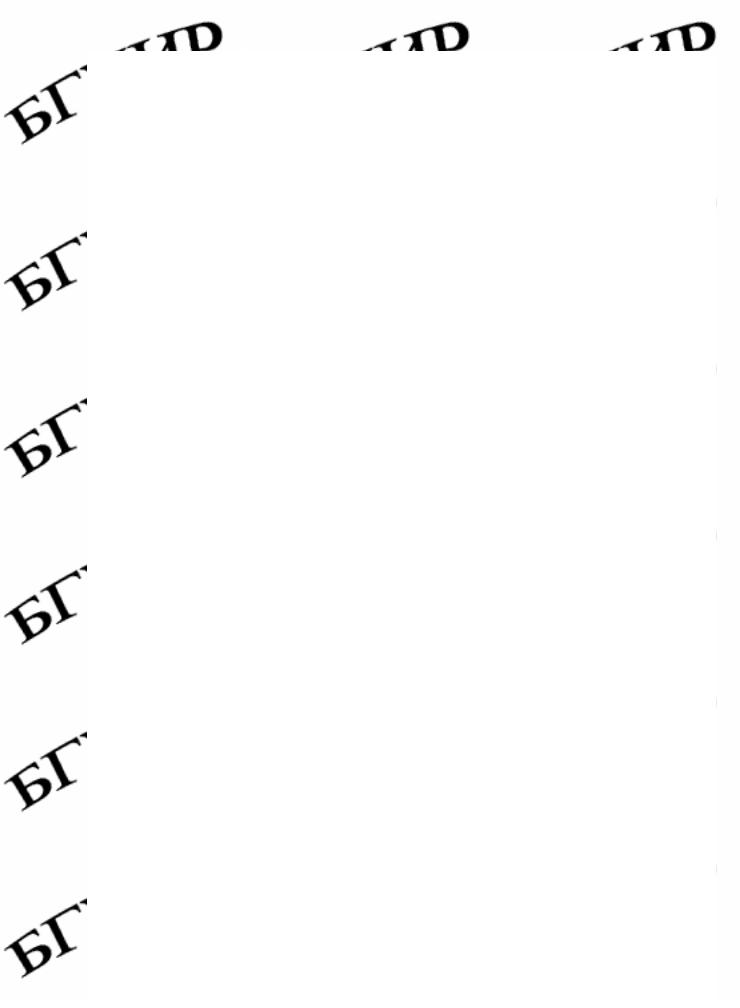
principal elements of electronic circuits? 8. What does the overall reliability of electronic systems depend upon?
1.5. Сделайте обобщение информации о разработке транзисторов и интегральных схем (выполняется устно).
1.6. Просмотрите вторую часть (II) Основного текста. Сообщите, что вы узнали о: 1. the development of microelectronics; 2. several kinds of microelectronic transistors; 3. bipolar amd metal-oxide-semiconductor field-effect tranistors; 4. the first generation of
microelectronic devices
Проверьте, умеете ли вы переводить определительные блоки существительного.
1.7. Ознакомьтесь с типами определительных блоков существительного. 1.А + N/A + N
1)a small device, a small electronic device, a smaller device, the smallest possible device
2)a low consumption, a lower consumption, a lowest possible consumption, the least possible consumption
3)any complex function, more complex function, a most complex function, the most complex function, the most possible complex function, the least possible complex function
4)good shapes, better shapes, best shapes, bad shapes, worse shapes, the worst shapes 2.Adv+A +N
1)extremely high cost, entirely new application, increasingly complex technology, highly important invention
2)a far heavier unit, a far lower pressure, a far faster flow
3)a much faster change, a much denser population
4)a little longer operation, a little more serious attempt 3.A +N + N/A +N
1)a large time interval, a high flow temperature, different air speeds, low temperature
growth
2) high-speed computers, high-quality device, thin-film technology, single-layer structure 4.Ving+N/Adv+Ving+N
1)an increasing size, a decreasing number, an operating device
2)a constantly increasing size, a steadily decreasing number, a slowly operating device 5.Ved+N/Adv+Ved+N
1)achieved results, changed operations, produced devices
2)quickly achieved results, partially changed operations, commercially produced devices
6.Adv + Ved+N
1)a much needed development, a much controlled addition
2)a round-shaped piece, a low-powered transmitter
7.N + N/N + N + N
1)process control —control process, cost reduction — reduction cost, test operation — operation test
2)power consumption — power consumption change, circuit element — circuit element decrease, size reduction — size reduction need
8.N-Ving+N/N-Ved+N
1)current-controlling device, man-operating machine, electron-emitting source
2)consumption-related process, man-made change, error-operated system
1.8. Переведите следующие определительные блоки существительного:
1. several basic functional units; 2. semiconductor device fabrication; 3. device application; 4. progressively thinner layers; 5. widely accepted unit; 6. relatively cheap source material; 7. power-producing element; 8. commercially produced microelectronic devices
1.9. Найдите определительные блоки существительного (с левым определением): 1. An equally systematic approach will be required in the new generation integrated
circuits fabrication. 2. One recently invented microelectronic functional element has a distinction. 3. Today's microcomputer has more computing capacity than the first large electronic
